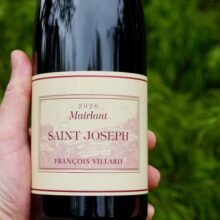
Product information
François Villard Saint-Joseph ‘Mairlant’ 2020
Shiraz/Syrah from Saint-Joseph, Rhône Valley, Northern Rhône, France
$107
Description
Love the perfume here very complete long layered fine, dark and red fruit with brooding and stalk. Harmonious with subtle pepper pop. Excellent élévage, fine acid. Build in structure and mid-palate grip, giving energy. Playful fun.
Excellent comparision with Hauts Châssis’ Saint-Joseph made with no whole bunches.
Saturated violet color. Vibrant, spice-tinged dark berry, cherry, potpourri and licorice aromas are sharpened by a smoky mineral flourish. Fresh blackberry and bitter cherry flavors become sweeter with air and show a salty olive nuance on the back half. Well-delineated and energetic in style, finishing spicy and quite long, with gently chewy tannins and resonating florality. 50% whole clusters.
Josh Raynolds, Vinous 93 Points
In stock
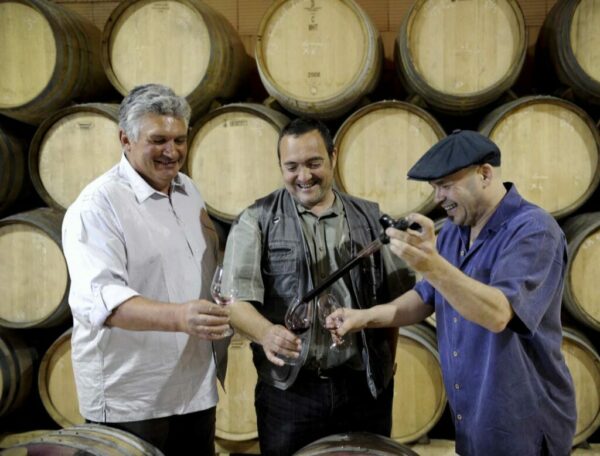










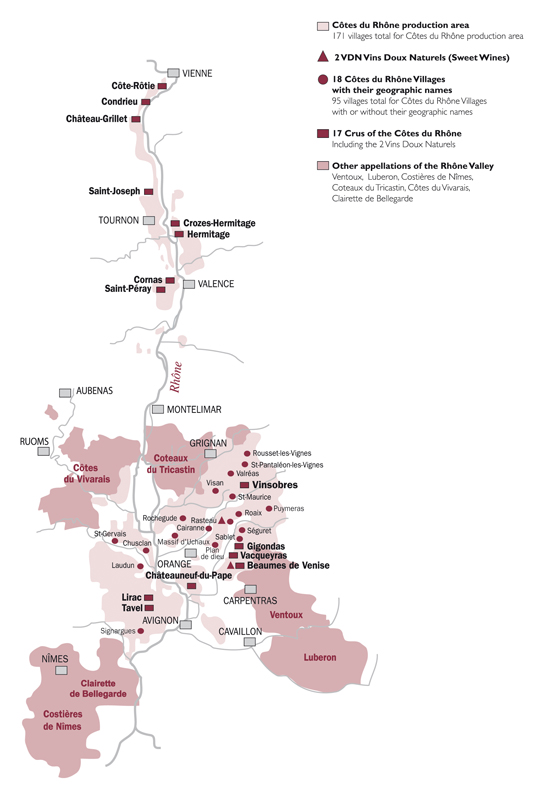
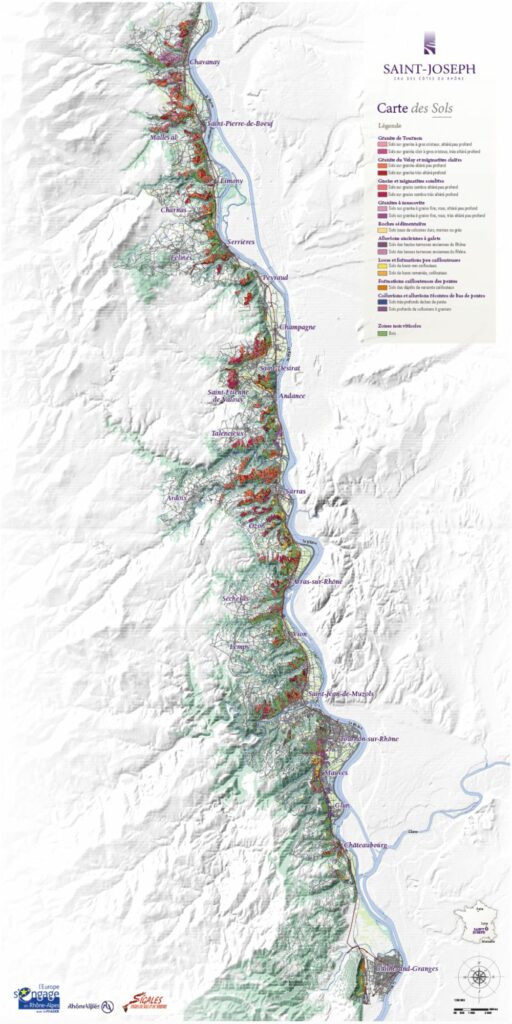
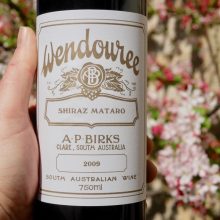
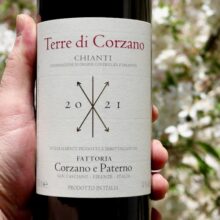
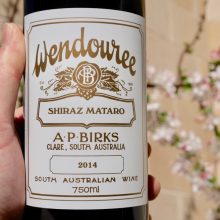
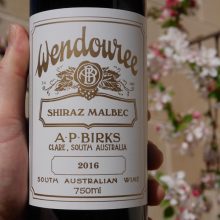
You must be logged in to post a comment.